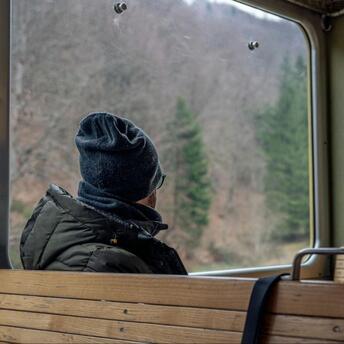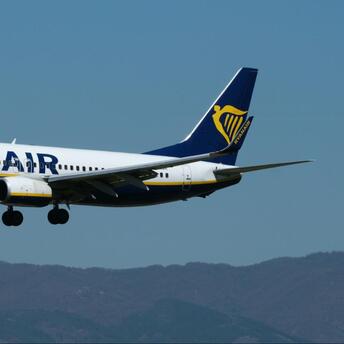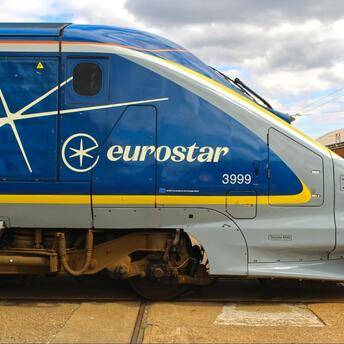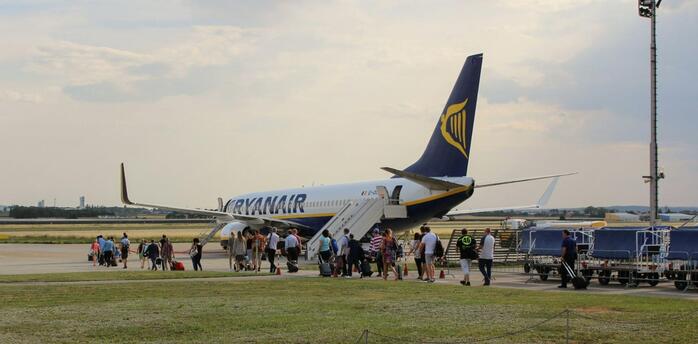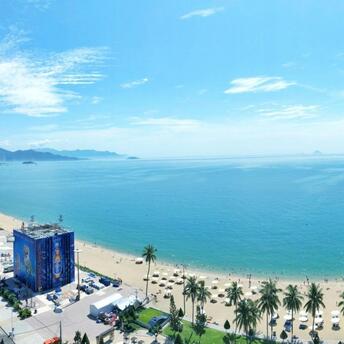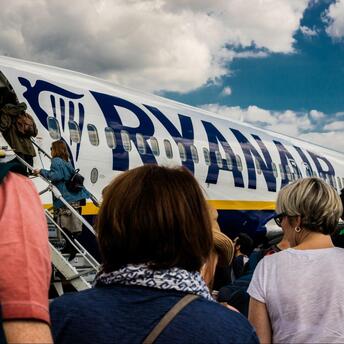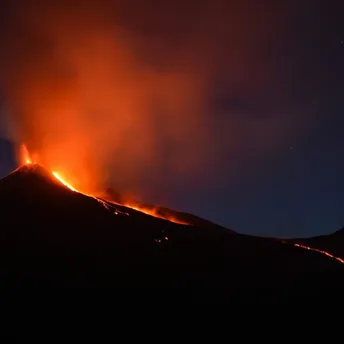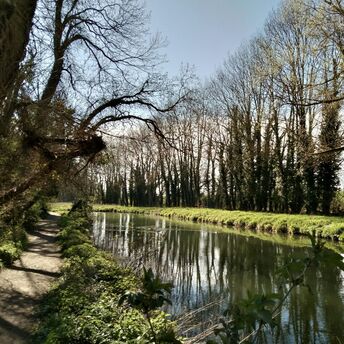Via Transilvanica A Journey Through Culture and Nature

A new 1,400 km hiking trail has been opened in Romania, connecting traditional landscapes and communities, passing through 12 UNESCO World Heritage Sites. Via Transilvanica attracts both local and foreign tourists, offering unique opportunities for cultural and nature tourism.
The Via Transilvanica, spanning 1,400 km, starts in northeastern Romania and traverses the mountains, forests, and villages of the Transylvania region. This trail was launched two years ago and has already received the Europa Nostra award for outstanding achievements in heritage conservation.
Via Transilvanica offers tourists the chance to explore the diversity of Romania's cultural and ethnic regions. The route includes traditional villages where horses and carts are still used, as well as 12 UNESCO World Heritage Sites.
Via Transilvanica is a carefully designed trail marked by an orange "T" on a white background, guiding travelers through forest paths and village roads. The guidebook divides the route into manageable stages, usually ranging from 15 to 25 km, with detailed descriptions of the route and accommodation recommendations.
The trail includes guesthouses, often with camping options, where tourists can stay overnight. The cost of accommodation is around 120-150 lei per night, with dinner costing 50 lei and breakfast 30 lei. Via Transilvanica is also known for its rich flora and fauna. The route passes through areas inhabited by bears and wolves, adding an element of adventure and requiring caution from travelers.
The trail not only attracts tourists but also promotes economic development in remote villages, where locals can offer their services and goods to travelers. This has been made possible through the efforts of the NGO Tășuleasa Social and its founders, brothers Tibi and Alin Ușeriu. In the first two years of the trail's existence, it was visited by 35,000 tourists, 80% of whom were Romanians. In the future, it is planned that this number will increase to 250,000 per year.
The Via Transilvanica is not just a physical journey but also a cultural one. Tourists have the opportunity to immerse themselves in the lives of local communities, try traditional dishes, and learn about their history and customs.




